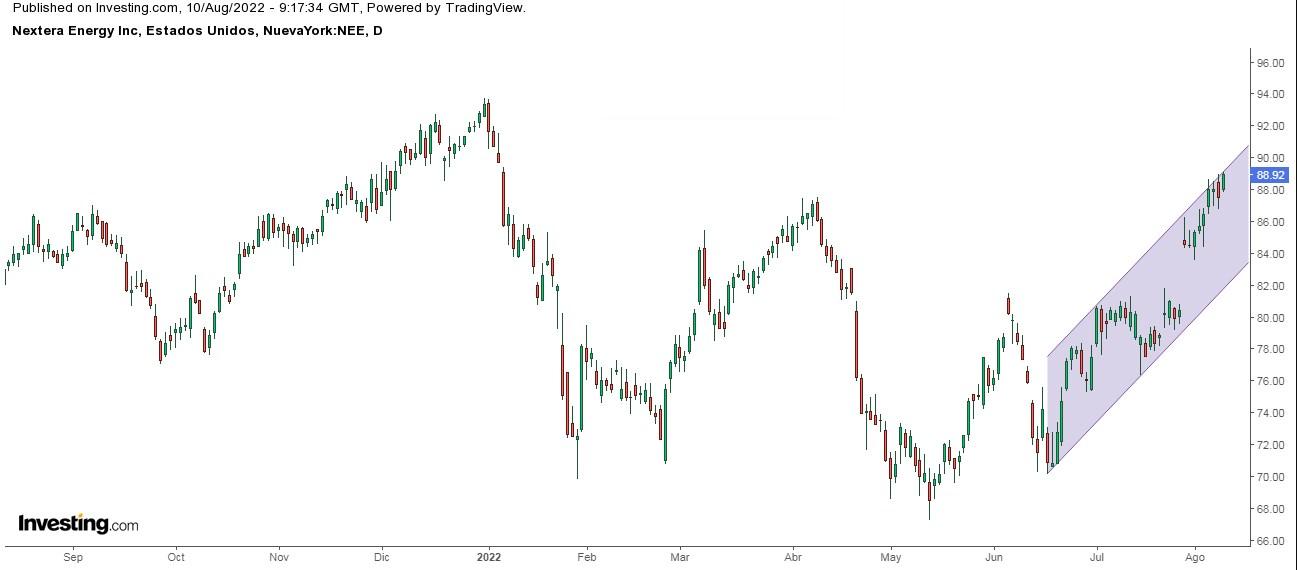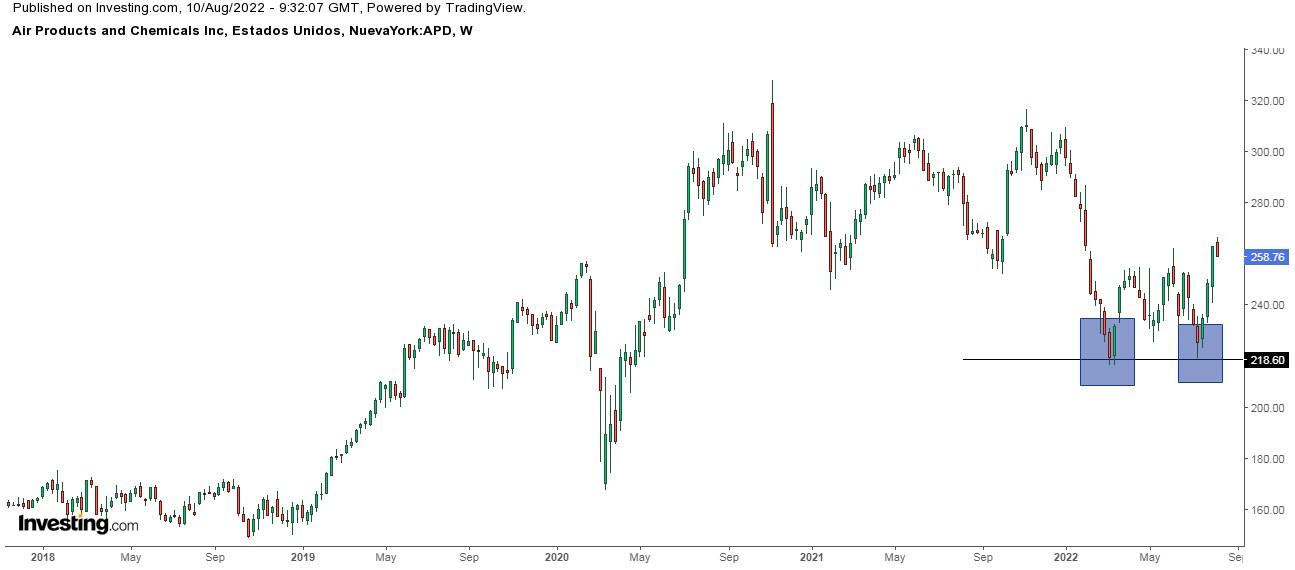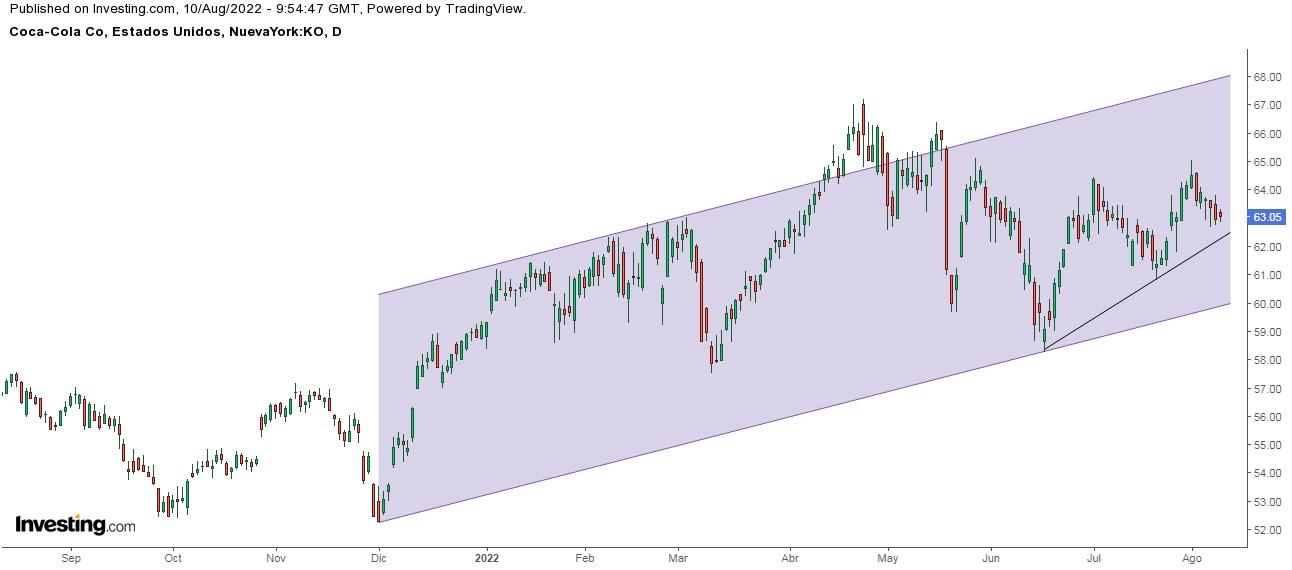- S&P 500 Dividend Aristocrats have frequently outperformed broader index in times of economic distress
- They tend to have lower volatility than the broader market
- And also offer income to equity investors
As investors scramble for alternatives to high-growth stocks amid a challenging macroeconomic environment, companies that pay solid, reliable dividends emerge as a great portfolio addition. In fact, the S&P 500 Dividend Aristocrats has frequently outperformed the broad S&P 500 in times of economic distress since its inception in 2005.
For a company to join the select club of the S&P 500 Dividend Aristocrats, it must:
- Have increased its dividend for at least 25 consecutive years
- Be part of the S&P 500 index
- Have a market capitalization of at least $3 billion
Dividend aristocrats tend to have lower volatility than the broader market, as they have a solid balance sheets.
As macroeconomic headwinds continue to bring uncertainty to global stocks, let's look closely at four such companies.
NextEra Energy
With a market cap of about $165 billion, Nextera Energy (NYSE:NEE) is one of the world's largest wind and solar energy generators, with the largest market share of North American wind capacity. 
Its leading position in the renewable energy sector and a large order backlog exceeding the number of recent projects commissioned provide tailwinds for future gains.
The Juno Beach, Florida-based giant has nuclear power plants in Iowa, New Hampshire, and Wisconsin, but most of its business is in Florida.
NEE is a reliable dividend payer, with a compounded rate of no less than 9.8% over the past decade. The next payout of $0.42 per share is scheduled for September 15.
Air Products & Chemicals
Air Products and Chemicals (NYSE:APD) is an American provider of essential gases, related equipment, and applications expertise for industrial uses. Headquartered in Pennsylvania, it was founded in 1940 and currently has a market capitalization of about $59 billion.
APD also has a significant international presence. Approximately 40% of the company's annual sales are generated in the United States and Canada, with the remainder split between Latin America, Europe, and Asia.
The company generated revenues of $3.19 billion during the last quarter, up 26% year-on-year, comfortably beating forecasts.
Furthermore, it has an attractive dividend, which has been increasing steadily in recent years.
Albemarle
Albemarle Corp (NYSE:ALB) is a manufacturer of chemical products and materials with customers in sectors as diverse as oil, pharmaceuticals, automotive, electronics, and construction. It has a market capitalization of $28 billion.
The company is the world's largest producer of lithium and the second-largest of bromine. These two products account for approximately 75% of the company's sales.
During its last earnings, the company reported that revenues in the quarter rose 1.7% to $1.48 billion, beating forecasts.
As electric vehicles are expected to account for 22% of all new car sales by 2025, up from just 4.6% in 2020, the company is well positioned to benefit from the trend.
Coca-Cola
Coca-Cola (NYSE:KO) is the world's largest beverage company. Since its founding in 1886, it has spread to more than 200 countries worldwide and has a market capitalization of more than $270 billion.
However, the Atlanta, Georgia-based behemoth is also looking to the future; it has recently acquired multiple non-carbonated beverage brands to diversify its business.
The company's management has raised its FY2022 revenue guidance and now expects organic sales growth of 12%-13% (up from 7%-8% previously) while holding steady on its EPS growth of 5%-6%.
Coca-Cola has a dividend yield of 2.7%, considerably higher than the S&P 500 index average yield of 1.4%.
Disclosure: The author currently does not own any of the securities mentioned in this article.
***
Interested in finding your next great idea? InvestingPro+ gives you the chance to screen through 135K+ stocks to find the fastest growing or most undervalued stocks in the world, with professional data, tools, and insights. Learn More »
